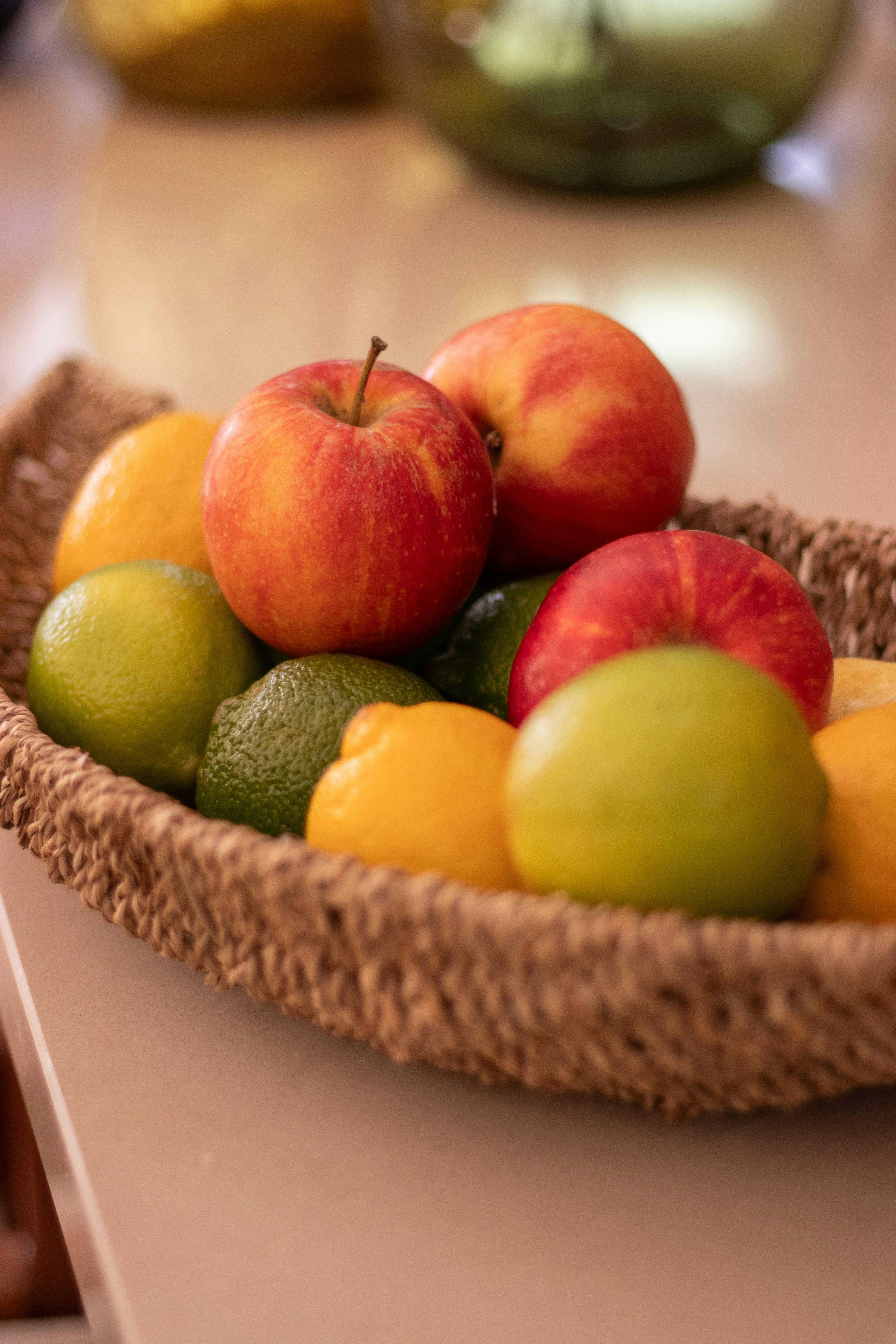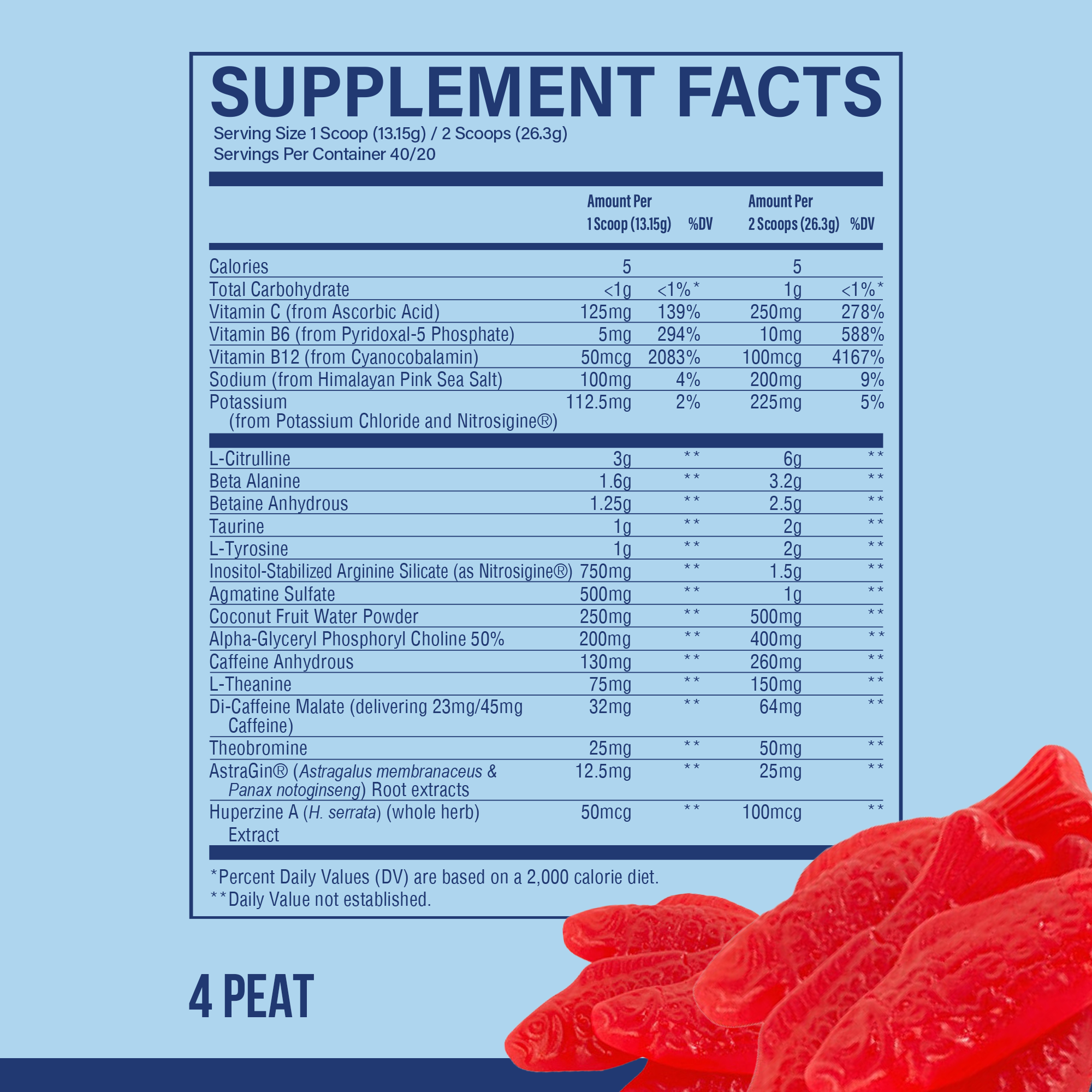
Essential Guide to Diet for Insulin Resistance in 2025: Optimize Your Health Today
Insulin resistance affects millions of people worldwide, making it crucial to understand how diet plays a pivotal role in managing this condition. An insulin resistance diet focuses on foods that stabilize blood sugar levels, enhance insulin sensitivity, and promote overall health. In this guide, we will explore essential strategies like meal planning, portion control, and the incorporation of low glycemic index foods. With these, you can navigate dietary choices effectively and achieve lasting results.
By focusing on healthy carbohydrates, fiber-rich foods, balanced meals, and proper protein sources, you can significantly improve your insulin sensitivity and overall wellness. This article will cover insightful tips for grocery shopping, cooking methods, and mindful eating practices, backed by the latest in nutrition and health research. Let's embark on this informative journey to transform your diet and improve your health—starting today!

Understanding Insulin Resistance and Its Dietary Needs
Building on our introduction, it's essential to grasp what insulin resistance entails and how dietary choices can mitigate its effects. Insulin resistance occurs when the body's cells can't respond effectively to insulin, resulting in higher blood glucose levels. This condition can lead to serious health complications if unmanaged.
Symptoms and Causes of Insulin Resistance
Common symptoms of insulin resistance include fatigue, increased hunger, and difficulty concentrating. Consequently, understanding the underlying causes—such as obesity, physical inactivity, and poor diet—enables individuals to make effective lifestyle changes.
The Role of Diet in Managing Insulin Resistance
A diet rich in whole foods is paramount for managing insulin resistance. Foods low in glycemic index, such as legumes, whole grains, and non-starchy vegetables, help maintain steady blood sugar levels. This nutritional strategy encourages balanced blood sugar fluctuations, which is crucial in insulin resistance management.
Key Nutrients for Blood Sugar Control
Incorporating nutrients that promote insulin sensitivity is vital. Omega-3 fatty acids from fish, fiber from fruits and vegetables, and lean protein sources help regulate blood sugar levels. Diets rich in antioxidants from various fruits and vegetables also support overall metabolic health.
Practical Meal Planning for Insulin Resistance
With these basics established, let’s delve into effective meal planning strategies tailored for insulin resistance. Creating a customized meal plan is crucial for steady blood sugar control and overall weight management.
Building Balanced Meals
The foundation of any successful insulin resistance diet is balanced meals. Include healthy fats, lean proteins, and high-fiber carbohydrates in each meal to achieve nutrient balance. For example, pairing quinoa with grilled chicken and steamed broccoli creates a satisfying and nutrient-rich dish.
Understanding Portion Control
Controlling portion sizes is vital in managing caloric intake and blood sugar levels. Using smaller plates and mindful eating techniques can aid in recognizing hunger cues and preventing overeating. Slow, deliberate eating allows you to enjoy meals and listen to your body’s signals.
Meal Timing and Frequency
Meal timing plays a significant role in insulin sensitivity. Eating regular, nutritionally dense meals throughout the day helps maintain stable blood sugar levels. Additionally, avoiding late-night snacking can reduce the likelihood of insulin spikes.
Healthy Food Choices for Insulin Resistance
Connected to these principles is the importance of choosing the right foods. The insulin resistance diet should focus on nutrient-dense, whole foods.
Fruits and Vegetables
Fruits and vegetables are rich in vitamins, minerals, and fiber, making them essential components of a healthy diet. Choose a variety of colors to maximize nutrient intake. For instance, leafy greens, berries, and cruciferous vegetables provide unique health benefits and help manage blood sugar levels.
Healthy Carbohydrates and Whole Grains
Incorporate whole grains such as brown rice, oats, and barley into your meals. These foods are not only rich in fiber but also help in maintaining healthy blood sugar levels by providing sustained energy.
Protein Sources and Healthy Fats
Lean meats, dairy alternatives, and plant-based proteins such as beans and legumes should be staple components of your diet. Healthy fats, including avocados and nuts, are also important for hormonal balance and overall health.

Incorporating Lifestyle Changes for Better Health
Taking this concept further, it's crucial to consider how lifestyle changes impact dietary effectiveness. Maintaining a healthy lifestyle enhances the benefits of your diet.
The Role of Physical Activity
Regular physical activity is vital for improving insulin sensitivity. Engaging in aerobic exercises, strength training, and flexibility workouts supports metabolic health and aids in weight management.
Stress Management and Sleep Quality
Chronic stress and poor sleep can adversely affect blood sugar control. Incorporating stress-relief techniques such as yoga, meditation, and maintaining good sleep hygiene can positively influence overall health, making it easier to stick to your dietary goals.
Hydration and Nutritional Supplements
Staying hydrated is crucial for metabolic processes, including digestion and nutrient absorption. Additionally, certain supplements, like magnesium and chromium, may support insulin sensitivity, although it's advisable to consult with a healthcare professional before adding supplements to your routine.
Mindful Eating Strategies for Insulin Resistance
Following this approach, incorporating mindful eating practices can significantly enhance your dietary journey. Mindful eating promotes a healthy relationship with food and can improve your overall satisfaction.
Understanding Emotional Eating
Recognizing the triggers behind emotional eating allows for better control over food choices. Journaling about your eating habits and emotions can highlight patterns and help evolve healthier coping mechanisms.
Meal Prep and Cooking Techniques
Preparing meals in advance and using healthy cooking methods, such as steaming, baking, and grilling, helps maintain the nutritional quality of food while reducing added fats and sugars.
Navigating Social Situations
When dining out, understanding menu options and making healthier choices is vital. Opt for grilled or baked meals and ask for dressings and sauces on the side to manage additional sugars and unhealthy fats.
Q&A Section: Common Queries About Insulin Resistance Diet
1. What are the best foods to eat for insulin resistance?
The best foods include whole grains, fibrous vegetables, low glycemic fruits, lean proteins, and healthy fats like olive oil and nuts.
2. How can I effectively manage portion sizes?
Using measuring tools, eating slower, and paying attention to hunger cues are effective methods to manage portion sizes.
3. Is exercise necessary for managing insulin resistance?
Yes, regular physical activity enhances insulin sensitivity and promotes overall health, making it a crucial part of any management strategy.
4. Are there specific diets recommended for insulin resistance?
The Mediterranean diet is often recommended due to its emphasis on anti-inflammatory foods, healthy fats, and whole grains.
5. How can I track my progress?
Continuous glucose monitoring, meal journals, and periodic consultations with healthcare professionals can help track your progress effectively.